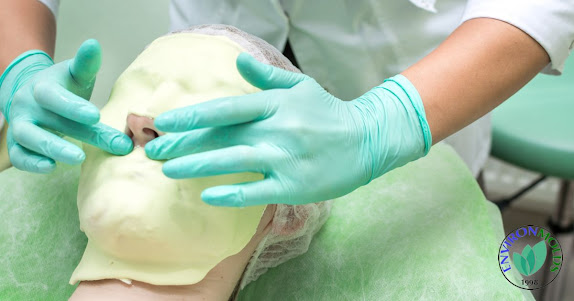In the ever-evolving landscape of industrial materials, alginates stand out as versatile and sustainable substances with a wide range of applications. As we delve into the future of these remarkable compounds, we'll explore the emerging trends and market opportunities that are shaping their trajectory. From their role as natural food thickeners to their expanding use in various industrial applications, these are poised to play a significant role in numerous sectors.
The Versatility of Alginates
Sourced from brown seaweeds, alginates have long been prized for their unique properties.These natural polysaccharides possess an exceptional ability to form gels, stabilize solutions, and act as thickening agents. This versatility has led to their widespread use across industries, from food and pharmaceuticals to textiles and beyond.
Natural Food Thickeners: A Growing Demand
As consumers increasingly seek natural and clean-label products, the demand for alginates as natural food thickeners has surged. Food manufacturers are turning to these seaweed-derived compounds to enhance texture, improve stability, and extend shelf life in a variety of products, including:
- Dairy alternatives
- Plant-based meat substitutes
- Sauces and dressings
- Baked goods
The clean-label appeal of alginates aligns perfectly with the growing trend towards healthier, more natural food options, positioning them for continued growth in the food industry.
Emerging Trends in Industrial Applications of Alginates
Beyond their traditional uses, they are finding new applications in various industrial sectors. Let's explore some of the most promising areas:
Biomedical and Pharmaceutical Advancements
Alginates are gaining significant attention in the biomedical field, especially in tissue engineering and drug delivery systems. Their biocompatibility and ability to form hydrogels make them ideal for:
- Wound dressings that promote healing
- Scaffolds for tissue regeneration
- Controlled-release drug delivery systems
As research in these areas progresses, we can expect to see innovative alginate-based medical products hitting the market in the coming years.
Environmental Remediation
With increasing focus on environmental sustainability, alginates are finding applications in water treatment and soil remediation. Their ability to absorb heavy metals and other pollutants makes them valuable tools in:
- Industrial wastewater treatment
- Soil conditioning for improved plant growth
- Oil spill cleanup efforts
These eco-friendly applications are likely to see significant growth as environmental concerns continue to shape industrial practices.
Advanced Materials and Composites
The unique properties of alginates are being harnessed to create advanced materials with enhanced characteristics. Some emerging applications include:
- Biodegradable packaging materials
- Flame-retardant coatings
- High-performance composites for aerospace and automotive industries
As industries seek more sustainable and high-performance materials, alginates are well-positioned to meet these demands.
Market Opportunities on the Horizon
The future looks bright for alginates, with several market opportunities emerging:
- Personalized Nutrition: As the trend towards personalized diets grows, alginates could play a crucial role in creating customized food products with specific textures and nutritional profiles.
- 3D Bioprinting: The ability of alginates to form stable gels makes them ideal for use in 3D bioprinting applications, opening new possibilities in regenerative medicine.
- Smart Packaging: Alginate-based films with antimicrobial properties could revolutionize food packaging, extending shelf life and reducing waste.
- Cosmetics and Personal Care: The natural origin and skin-friendly properties of alginates make them attractive ingredients for natural cosmetics and skincare products.
- Agricultural Solutions: Alginates' ability to improve soil structure and water retention could lead to innovative products for sustainable agriculture.
Challenges and Considerations
While the future of alginates looks promising, there are challenges to address:
- Ensuring sustainable sourcing of seaweed to meet growing demand
- Developing standardized quality control measures across different applications
- Navigating regulatory landscapes, especially in food and pharmaceutical industries
- Educating consumers and industry professionals about the benefits and applications of alginates
Conclusion: Embracing the Alginate Revolution
As we look to the future, it's clear that alginates will continue to play a vital role in shaping various industries. From natural food thickeners to advanced biomedical applications, these versatile compounds offer sustainable solutions to many of today's challenges.
At ArtMolds, we're excited about the potential of alginates and are committed to providing high-quality alginate products for a wide range of applications. Whether you're an artist, a food scientist, or an industrial innovator, we invite you to explore the possibilities that alginates can offer.
Are you ready to dive into the world of alginates? Visit https://www.artmolds.com/and discover how our alginate products can elevate your projects to new heights. Embrace the future of materials – choose ArtMolds for all your alginate needs!














